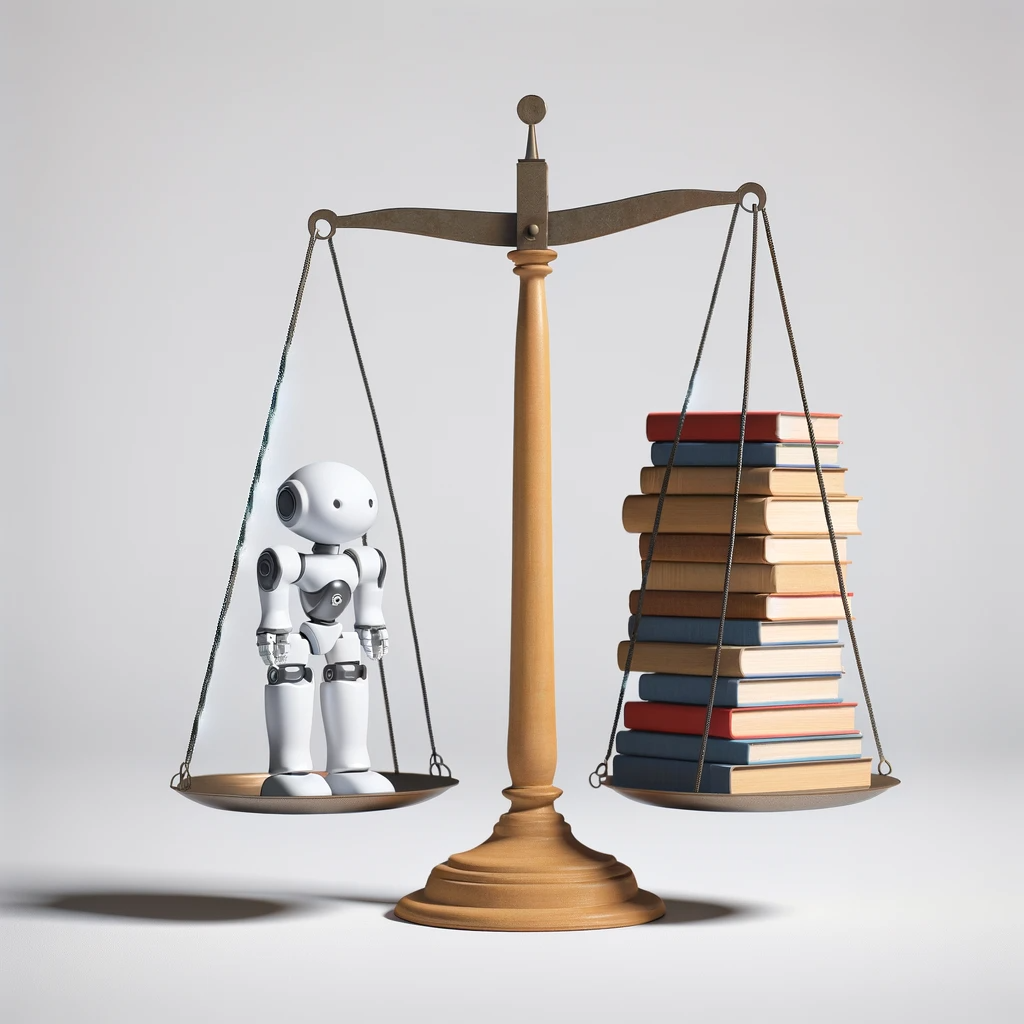Imagine stepping into a classroom where your every move is monitored by artificial intelligence, your grades determined by algorithms, and your educational path set by code. While this future offers an incredible array of possibilities for personalized education, it also raises ethical and practical questions that we can’t afford to ignore.
The Risks of Speeding Ahead
Rushing into the adoption of AI in schools can expose us to a host of unforeseen challenges—both technical and ethical. Research studies, for example, have found biases in AI grading systems that could result in unfair educational assessments. Moreover, weak data security measures in AI-based attendance could risk exposing sensitive student information.
Now What?
- Conduct preliminary risk assessments:
- Assemble a team of experts to assess the potential risks associated with each AI tool.
- Examine the impact on students, teachers, and the educational landscape.
- Create actionable plans to mitigate risks like biases and data vulnerabilities.
- Include Teachers in the AI Conversation:
- Arrange workshops or panels for teachers to voice their insights and concerns.
- Leverage their classroom experience to refine the school’s AI strategy.
Timeless Essentials: What Teachers Know Best
As we navigate the intricate landscape of integrating AI in educational settings, it’s crucial to remember the timeless principles that educators intimately understand:
- The Power of Relationship: AI can never be a substitute for the trust and rapport teachers build with their students. This emotional bond is often the key to breaking through educational barriers.
- Your Irreplaceability: Research (here, here, and here) backs what you’ve always known—your role as a mentor and guide is critical to your students’ success. It’s the human touch that AI can’t duplicate. You bring an energy and enthusiasm to the subject matter and to your students’ lives that can’t be coded into an algorithm. Your ability to inspire is uniquely human and essential to education.
What’s the Next Step?
- Blend Human and Tech: As you or your school think about incorporating AI, remember these are non-negotiables. They should be the cornerstone of any tech adoption strategy.
- Professional Development: Training should focus on how to make the most of AI tools while preserving what makes you irreplaceable in the classroom.
- Routine Reflection: Take time to periodically assess whether the tech you’re using supports these fundamental elements, rather than eroding them.
Striking the Balance: Benefits vs. Drawbacks
AI has the potential to personalize learning experiences in unprecedented ways. But this personalization often relies on extensive data collection, which may compromise student privacy. How do we balance the promise of personalized education against the potential pitfalls?
Now What?
- Assemble a Diverse Committee:
- Create a multi-stakeholder committee consisting of teachers, parents, students, and AI experts to holistically evaluate AI applications
- Trial Runs in Controlled Settings:
- Launch pilot tests to evaluate the real-world performance and impact of these AI tools.
- Establish Criteria for Educational and Safety Goals:
- Develop clear guidelines that emphasize educational enhancement and data security.
The Human Factor in a Digital Classroom
While AI can efficiently manage certain teaching tasks, it can never replace the nuanced understanding, emotional support, and inspiration that only a human teacher can provide. In other words, an AI can help you solve equations, but it can’t mentor you through your academic journey.
Now What?
- Teacher Feedback Loop:
- Develop mechanisms for continuous teacher input in AI system evaluations.
- Skill-building for Educators:
- Focus on Professional Development. ****Design professional development modules focused on harmonizing AI tools with traditional teaching methods.
- Maintain Existing Mentorship Programs:
- Ensure that mentorship initiatives that facilitate human guidance and emotional support continue to play a central role in education.
More Than Just Algorithms: The Complex Fabric of Education
Education isn’t just about scoring grades; it’s a complex tapestry that includes social and emotional development—something that AI can’t grasp. For instance, while AI might suggest a list of reading materials based on your current level, it can’t understand or adjust for personal circumstances that may affect learning.
Now What?
- Maintain Teacher-Student Interactions:
- Insist that tech adoption should not erode the essential teacher-student relationship.
- Monitor Emotional and Social Impact:
- Use metrics and feedback to understand the emotional and social repercussions of AI implementation.
- Prioritize Educational Goals Over Tech Novelty:
- When adopting AI, align its use with clear educational objectives rather than adopting it for its novelty.
Mindful AI Integration: A Calculated Approach
As schools consider integrating AI tools, the decision should be informed, not impulsive. While automating administrative tasks might free up valuable time for teachers, it also introduces data security concerns that must be carefully addressed.
Now What?
- Pilot Testing:
- Start small. Choose one classroom or subject where the AI tool can be tested and evaluated.
- Ongoing Assessment and Adjustments:
- Regularly review performance metrics and stakeholder feedback to fine-tune the implementation.
Conclusion
The future of education lies in a careful blend of technological innovation and human interaction. By considering the actionable steps listed in the “Now What?” sections, schools and educators can navigate the complexities of integrating AI technology, allowing for an enriched educational experience that values both technological advancements and human interaction.





